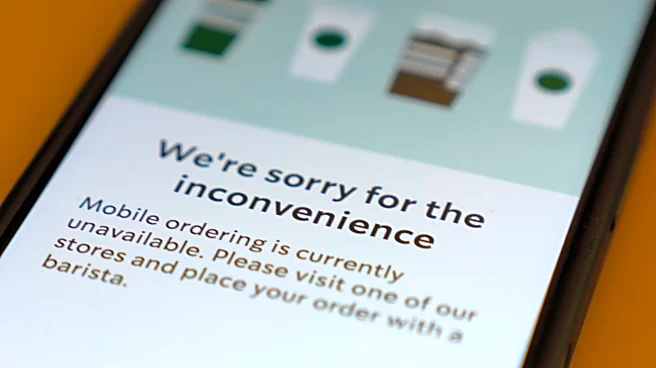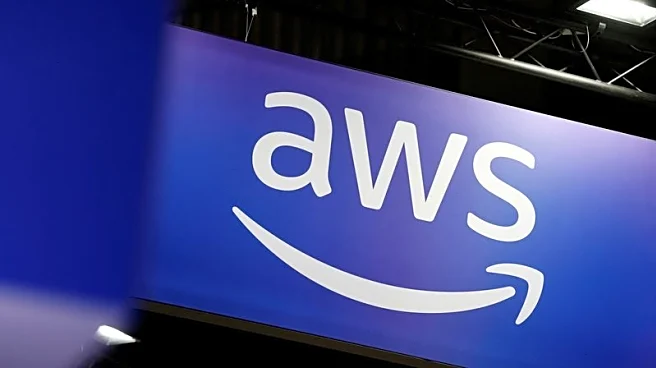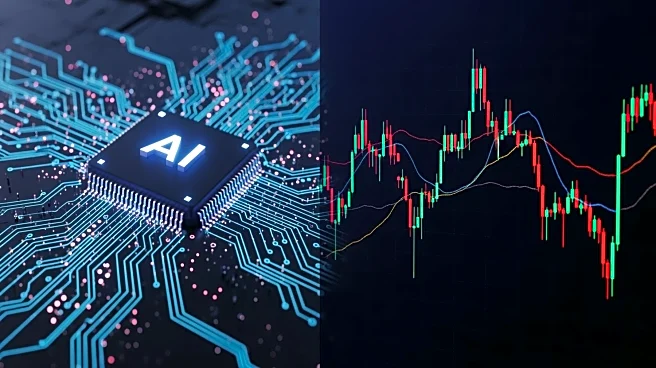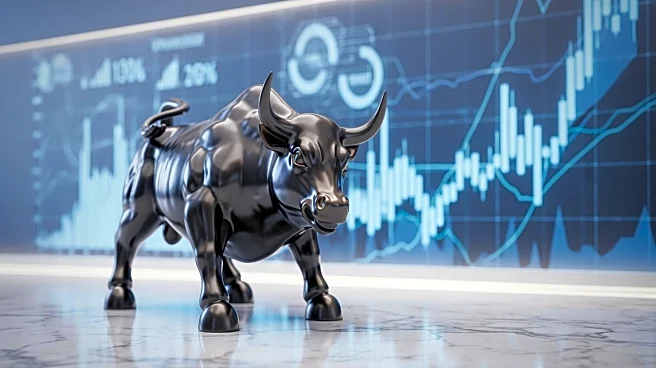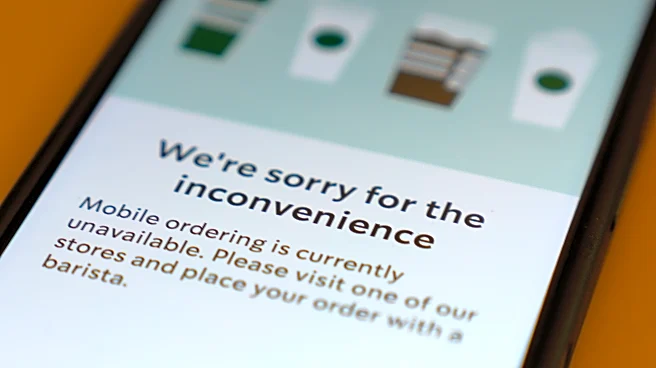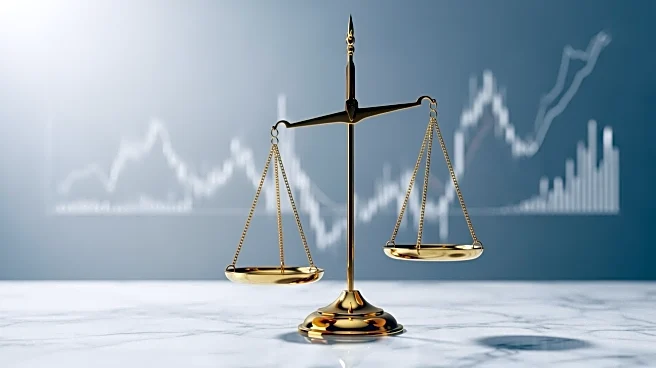What's Happening?
The current surge in artificial intelligence (AI) investments is drawing comparisons to past economic bubbles, such as the dotcom bubble of the late 1990s. With over 1,300 AI startups valued at over $100 million and significant investments from major
companies like Amazon, Meta, and Microsoft, the AI sector is experiencing unprecedented growth. Some experts, like Anneka Treon of ING, argue that the investments are justified by the potential for long-term returns. However, others, including Jared Bernstein, former Biden CEA chairman, warn that the current valuations may not be sustainable, indicating a potential bubble. The debate centers around whether the current enthusiasm and spending will lead to a crash similar to past economic bubbles.
Why It's Important?
The potential AI bubble has significant implications for the U.S. economy and global markets. If the bubble bursts, it could lead to substantial financial losses for investors and companies heavily invested in AI technologies. This could impact the stock market, particularly tech stocks, and lead to broader economic repercussions. On the other hand, if the investments yield the expected returns, it could drive technological advancements and economic growth. The outcome will affect various stakeholders, including investors, tech companies, and policymakers, who must navigate the risks and opportunities presented by the AI boom.
What's Next?
The future of the AI sector will depend on the ability of companies to generate returns on their investments and the broader economic environment. Policymakers and industry leaders will need to monitor the situation closely to mitigate potential risks. Continued investment in AI infrastructure and technology will be crucial, but so will ensuring that these investments are sustainable and aligned with realistic profit expectations. The debate over the AI bubble is likely to continue as stakeholders assess the long-term viability of current spending levels.


